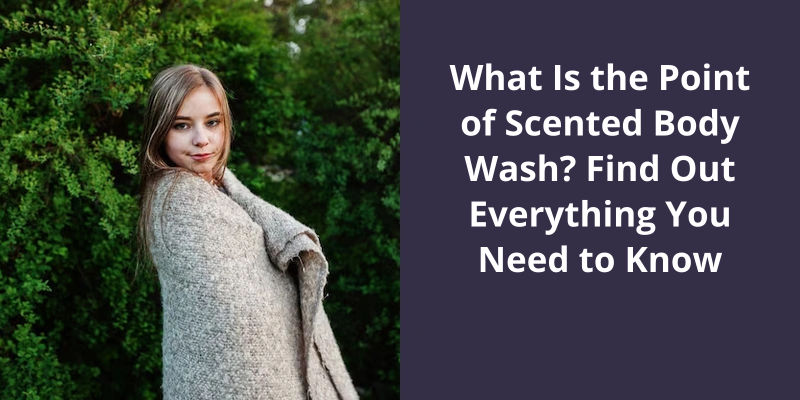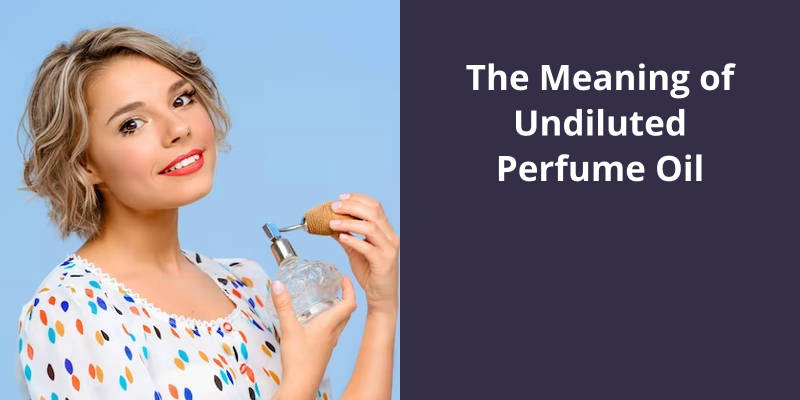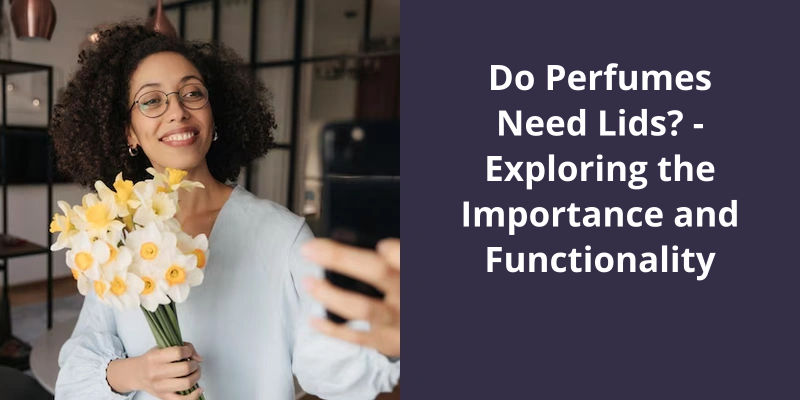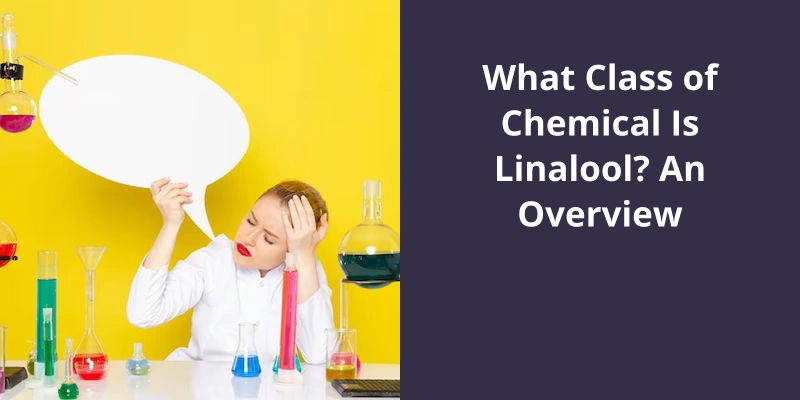DPG in fragrance stands for Dipropylene Glycol. It’s a scentless and colorless chemical used widely in producing perfumes and fragrances because of its low toxicity and skin irritation levels. This ingredient provides a wide range of benefits like diluting certain essential oils, enhancing their aroma and longevity. In addition, DPG helps in the even distribution of fragrance throughout a product, ensuring consistency in scent. It’s a critical component in the fragrance industry, enhancing the overall performance of various substances.
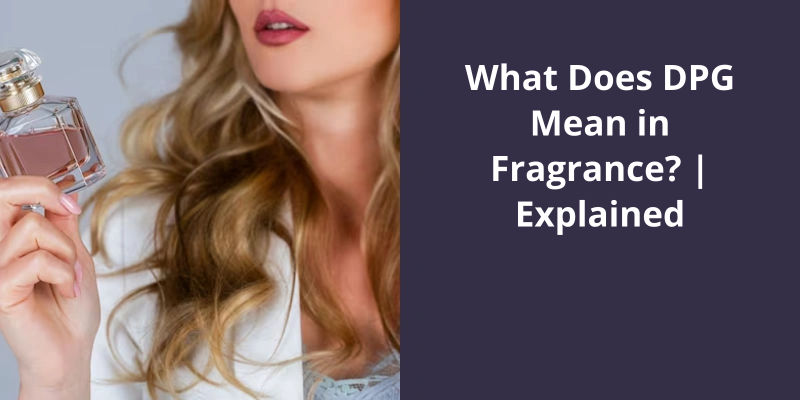
What Is the Benefit of DPG in Perfume?
It’s widely acknowledged that scent plays an influential role in human behavior, mood, and lifestyle. Consequently, there’s a growing demand for high-quality, long-lasting fragrances in various products, including perfumes, colognes, and other personal care items. One of the most common ingredients in perfumes is Dipropylene Glycol (DPG).
DPG is a clear, colorless, and viscous liquid that’s commonly used in the fragrance industry as a diluent for fragrance oils. The chemical structure of DPG is such that it can dissolve and mix with both water and oil-based ingredients. As a result, it’s commonly used as a solvent for other ingredients, including essential oils, aroma chemicals, and fragrances.
This is why it’s commonly used in hypoallergenic fragrances and other skin-sensitive applications.
It’s unique chemical properties make it an effective diluent for fragrance oils, allowing for a slower release of scent and ultimately improving the overall longevity of the fragrance.
The Safety and Toxicity of DPG in Fragrance Products
DPG is a commonly used ingredient in fragrance products and is generally considered safe for use in cosmetics by regulatory agencies. Numerous studies have demonstrated it’s low toxicity, and it’s classified as a low hazard ingredient by the Environmental Working Group. However, as with any cosmetic ingredient, some individuals may experience an allergic reaction or sensitivity to DPG, and caution should be exercised when using products containing this ingredient.
Now that we’ve a basic understanding of what DPG is and how it’s used in incense making, let’s take a closer look at the ideal ratio of DPG to fragrance oil. This is an important factor to consider for achieving the desired scent and burn time of your incense. So, what’s the perfect ratio? Let’s find out.
What Is the Ratio of DPG to Fragrance Oil?
DPG, which stands for Dipropylene Glycol, is widely utilized in the cosmetic and fragrance industry as a carrier or diluent for a wide range of fragrances and perfumes. It’s a colorless and odorless liquid with low volatility and high boiling point, making it a great solvent and stabilizer. When used in incense making, DPG is an essential ingredient as it helps to hold and bind the fragrance or essential oil to the wooden stick or cone.
In order to create high-quality incense, a precise ratio of DPG to fragrance oil must be used. The industry standard is to use a ratio of 2 parts DPG to 1 part fragrance or essential oil. In addition, the ratio ensures that the incense sticks or cones aren’t too oily or greasy to the touch.
Creating quality incense is an art and requires a great deal of practice and experimentation. Other factors to consider include the choice of wood for the incense stick or cone, the type and quality of fragrance oil or essential oil used, and the drying and curing process.
Conversely, using the wrong ratio can result in an inferior product that burns too quickly, lacks fragrance, and is prone to breaking or crumbling.
By considering all of the variables involved in incense making, incense makers can create a product that’s both beautiful and aromatic.
Techniques for Measuring and Mixing DPG and Fragrance Oils
This topic discusses various methods for accurately measuring and blending DPG and fragrance oils. These techniques are commonly used in industries such as perfumery and aromatherapy to produce high-quality products with consistent scent profiles.


